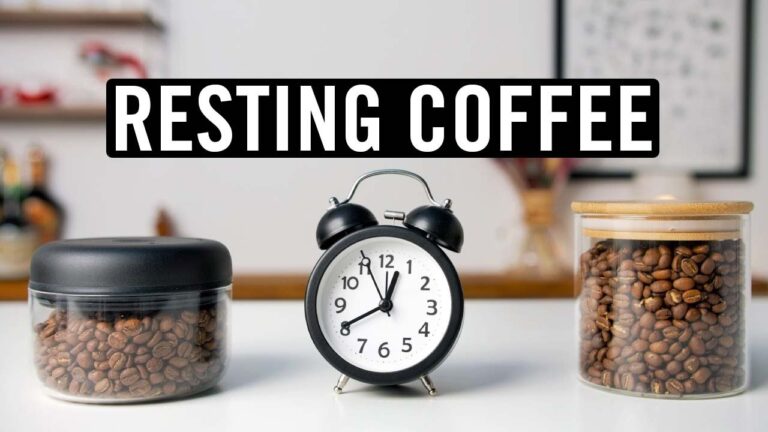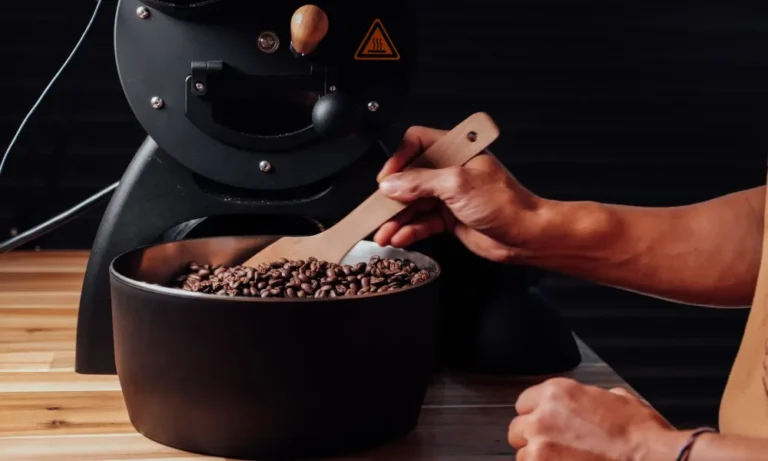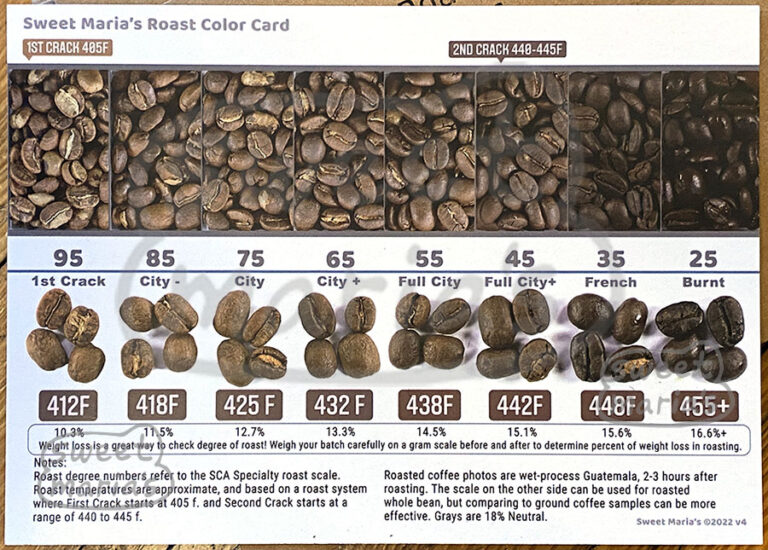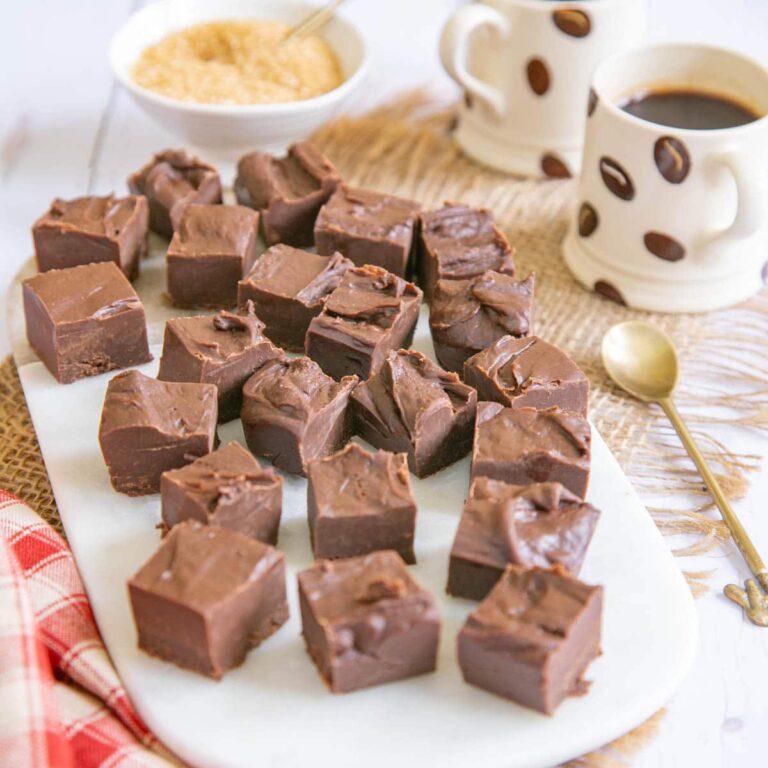Hawaii Peaberry Coffee: A Gem in Your Cup
Ever stumbled upon a treasure that’s not just rare but also ridiculously satisfying? Enter Hawaii Peaberry coffee – the jewel of the coffee world. This little bean packs a punch of flavor that’s as unique as its shape.
Grown in the rich volcanic soil of Hawaii, this coffee offers a taste that’s both rich and smooth, with a hint of something that’ll have your taste buds dancing the hula. So, if you’re ready to elevate your coffee game to a whole new level, let’s dive into the world of Peaberry coffee from Hawaii. Spoiler alert: you’re gonna want a cup (or ten) by the end of this. Let’s roll!
What is a Peaberry Coffee?

Imagine a coffee cherry that decided to be different and grew just one bean instead of the usual two. That’s a peaberry for you – the coffee world’s delightful oddball. Normally, coffee cherries house two seeds that flatten on the facing side, but in the case of a peaberry, a single round bean takes all the glory.
This quirky little bean is often celebrated for its richer flavor profile and smoother taste compared to its flat-sided siblings. Why? It’s believed that since the peaberry doesn’t have to share its cozy cherry space, it soaks up all the goodness on its own, resulting in a more concentrated flavor. In the lush landscapes of Hawaii, these peaberries are handpicked with love, making them a sought-after treat for coffee aficionados.
How Does Peaberry Coffee Taste Like?


Picture this: You’re sipping on a coffee that’s like a symphony in your mouth. That’s Peaberry coffee for you. Unlike its regular bean siblings, Peaberry comes with a flavor profile that’s a bit of a show-off. It’s smoother, with an almost velvety texture, and it’s got a richness that regular beans can only dream of.
There’s a hint of brightness too, like a little zing of citrus or a touch of berry sweetness, depending on where it’s grown. It’s the kind of coffee that makes you go, “Hmm,” after the first sip, because it’s just that interesting. So, if you’re tired of the same old coffee tune, Peaberry’s here to jazz things up.
What is Special About Peaberry Coffee?
Peaberry coffee is like the unicorn of the coffee world – rare, mystical, and a total game-changer once you’ve had a taste. So, what makes it stand out in a sea of beans? First off, it’s all about the bean, baby. Most coffee cherries have two seeds flat against each other, but not our Peaberry; it’s a solo act, a single, round bean that forms inside the cherry. This lone wolf status isn’t just for show – it changes the game in flavor and quality.
Thanks to its unique shape, Peaberry beans roast more evenly, giving them a remarkably consistent flavor profile that’s smoother, richer, and more intense than your average joe. Plus, they’re hand-picked and sorted, adding that extra layer of love and care into every cup.

In essence, Peaberry coffee isn’t just special; it’s a sip above the rest, offering a coffee experience that’s both uniquely delightful and undeniably superior. If coffee had VIPs, Peaberry would be first on the list.
How Much Does It Usually Cost?
Alright, so you’re probably thinking, “This Peaberry coffee sounds amazing, but is it gonna cost me an arm and a leg?” Let’s talk turkey. Peaberry coffee is like the fancy sports car of the coffee world—it’s rare, it’s sought after, and yeah, it’s gonna be a bit pricier than your run-of-the-mill beans.
Because Peaberry beans are a small fraction of the total coffee harvest and require more hand-selection and sorting, they often come with a higher price tag. Think of it as paying for the VIP experience at a concert versus just showing up and hoping for a good view.
Prices can vary widely depending on where you’re buying and the quality of the beans, but generally, you might be looking at spending anywhere from 20% to 50% more than you would for standard coffee beans from the same region.
So, while Peaberry coffee might not be your everyday brew, it’s definitely worth splurging on when you want to treat yourself or impress your coffee-loving friends. It’s like giving your taste buds a luxury vacation without leaving your kitchen.

What’s the Difference Between Peaberry and Plantation Coffee?
Diving into the world of coffee can feel like decoding a secret language. Take Peaberry and Plantation coffee, for example. They sound fancy, but what’s the deal? Let’s break it down without making your brain hurt.
First up, Peaberry, our beloved one-bean wonder, is all about the bean’s shape and rarity. As we chatted about earlier, it’s a single, round bean that pops up in about 5% of all coffee cherries, known for its rich and smooth flavor profile.
Now, flip the script to Plantation coffee. This term doesn’t focus on the bean type but rather where and how the coffee is grown. Plantation coffee refers to beans cultivated on large-scale farms, often in specific conditions tailored to coffee growing. These farms can produce a variety of coffee beans, not just Peaberry.
The key difference? Peaberry describes a unique bean type, while Plantation coffee talks about the farming approach. One’s all about the bean’s personal glow-up, and the other’s about the coffee’s zip code and upbringing.
So, when you’re navigating the coffee aisle or impressing a date with your coffee knowledge, remember: Peaberry is about the bean’s inner beauty, and Plantation coffee is all about its roots. Different vibes, both delicious.
Step by Step Instructions in Making Hawaii Peaberry Coffee
| Prep Time | 5 minutes |
| Cook Time | 5 minutes |
| Total Time | 10 minutes |
| Yield | 1 serving |
Ingredients:
- Hawaii Peaberry coffee beans
- Fresh, filtered water
Tools:
- Coffee grinder
- Scale (optional, but recommended for precision)
- Your favorite coffee maker (French press, pour-over, drip coffee maker, etc.)
- Kettle, if using pour-over or French press
- Coffee cup
Step-by-Step Guide
Measure Your Coffee
For a standard cup, you’ll want about 2 tablespoons (10 grams) of Hawaii Peaberry coffee beans. Adjust according to your taste preferences and the coffee maker’s requirements.

Grind Your Beans
Grind your Peaberry beans to a consistency that matches your brewing method—coarse for French press, medium for drip, fine for espresso. Freshly ground coffee makes a world of difference in flavor.

Heat Your Water
Aim for water heated to about 195°F to 205°F (90°C to 96°C). This is the sweet spot for extracting all the good flavors without getting the bitterness.

Brew Your Coffee
Each coffee maker has its specifics, but the key is to pour the water over the grounds evenly and allow it to brew without rushing it. For pour-over, pour in a slow, steady spiral. For French press, pour all the water in, stir, then let it sit before pressing.

Enjoy
Pour your freshly brewed Hawaii Peaberry coffee into your favorite cup. Take a moment to savor the aroma before taking that first sip. Enjoy the smooth, rich flavors that make Peaberry coffee a special treat.

When brewing Hawaii Peaberry coffee, remember: water temperature and grind size matter. Use water just off the boil (about 200°F) to extract the full spectrum of flavors without bitterness. For grind size, aim for medium-fine, like table salt, to ensure the perfect balance of flavor and richness. Experiment and adjust these factors to find your perfect cup!
Wrapping Up
In the vast world of coffee, Hawaii Peaberry stands out like a beacon of taste and quality. Its unique bean shape and meticulous cultivation process result in a coffee experience that’s unmatched in smoothness and flavor. Whether you’re a coffee connoisseur or just looking to spice up your morning routine, making a cup of Hawaii Peaberry coffee promises a journey of discovery and delight. So, take the plunge and treat yourself to this exceptional brew. Your taste buds will thank you, and your mornings might just become the highlight of your day.
Disclosure: Our blog contains affiliate links to products. We may receive a commission for purchases made through these links. However, this does not impact our reviews and comparisons. We try our best to keep things fair and balanced, in order to help you make the best choice for you.






